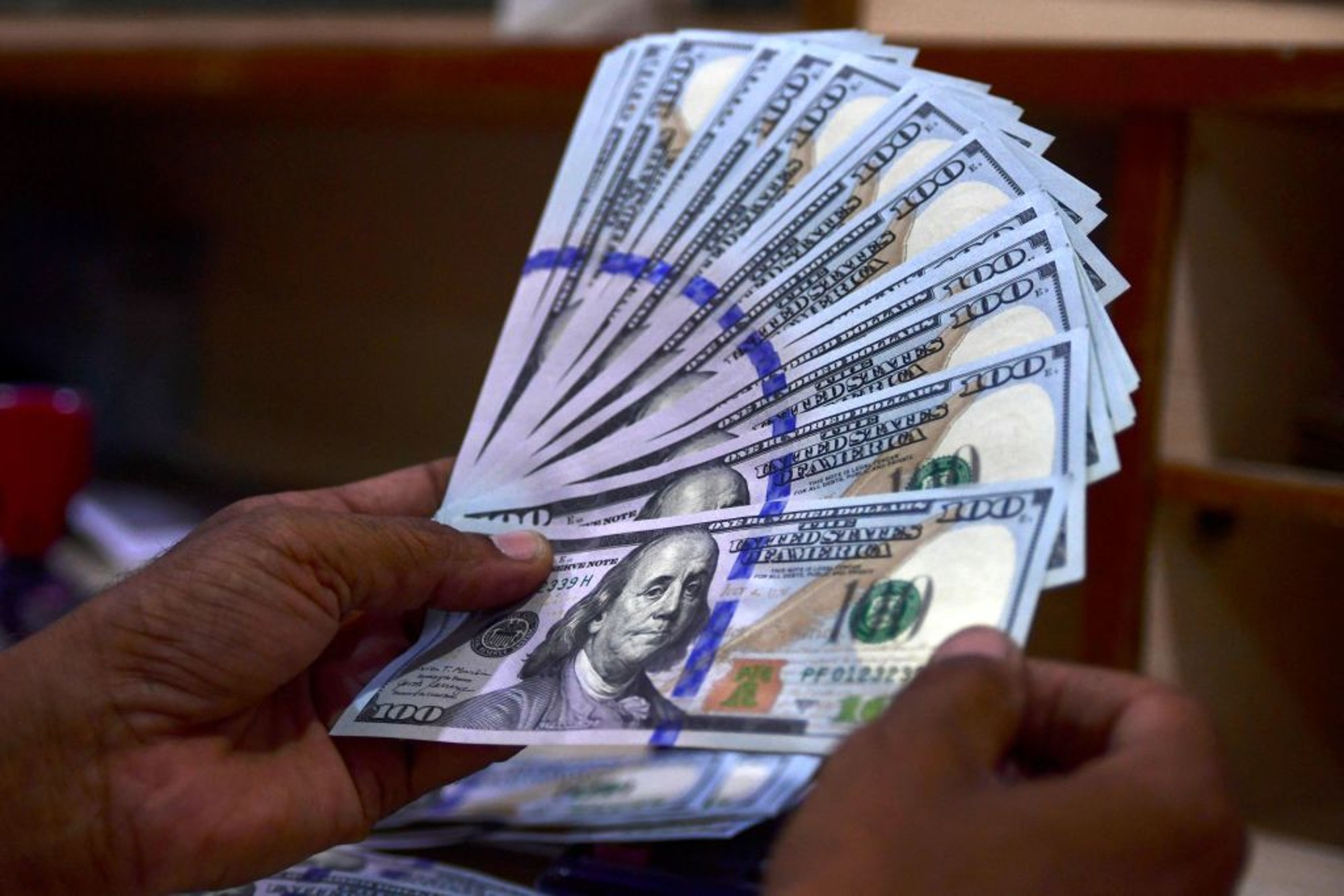How does the rise of the blue dollar affect inflation? 1:26
(CNN Spanish) -- Many Argentines who have the capacity to save opt for the dollar to do so, in the face of inflationary and devaluation processes that deteriorate their income in their national currency.
Just as a reference, the level of dollarized assets outside the system amounts to US $ 261,795 million, according to the most recent report of the National Institute of Statistics and Census (Indec). To measure that sum, it represents more than the market value of the country's total external debt, according to the same report.
- What are the new measures against the rise of the dollar in Argentina? Reach?
Now, this mass of dollarized assets occurs amid growing restrictions in the country to buy dollars.
Among the many types of quotes of this existing currency, there is one with which Argentines are more familiar because of the ease and freedom to acquire it, even if it is an informal procedure: the blue dollar.
What is the blue dollar?
The economist Ricardo Delgado defines it as a non-legal dollar, but a reference for an important sector of the economy.
"Almost 40% of the economy is informal in Argentina, and those sectors when they need dollars do so through the blue dollar," he explains.
advertising
For his colleague Rodrigo Álvarez, "the blue dollar is the free dollar." "Obviously, it's a dollar that is operated without government authorization, it doesn't go through a formal market. It's the dollar on the street, to call it somehow," he adds.
- Is the dollarization of the economy the solution in Latin America?
What is its origin?
Currently, the blue is the second most expensive dollar that can be obtained in the market, surpassed by a few cents for the Qatari dollar, another quote that in turn received its name because it was created for those who wanted to travel to the last World Cup, played in that country.
Economists agree that the blue dollar originates because restrictions are imposed on the purchase of the greenback in the formal market, the so-called "exchange traps".
The latter two were established by the government of then-President Cristina Fernández de Kirchner, in 2011, and by Mauricio Macri, in 2019. This trap is still in force to this day, and allows the purchase of up to US $ 200 per month at the official quotation.
"The parallel market opens when there is a prohibition, as happened for example in the United States during prohibition, which prohibited the sale of alcohol. Then, bars and other clandestine sites sprang up because the demand was still there. Here, Argentines want to continue protecting their purchasing power against inflation of around 10% per month," explains Álvarez.
Why is the blue dollar called that?
Regarding its name, there are some non-exclusive theories.
"Historically it was called the black dollar, because it was an informal market, outside of regulation," says Delgado.
It is a version on which most specialists agree
"We Argentines call it blue so we don't call it black," says Álvarez.
But there are others who point out that the name arises from the number of counterfeits circulating in that market. To avoid running into such papers, they were passed a fiber, and if the paper was blue it is because they were apocryphal dollars. Hence, it has been baptized as "blue", blue in English.
Be that as it may, the blue continues to be the refuge of savings for many Argentines who flee the peso and its recurrent devaluations.
ArgentinaInflationArgentine peso
